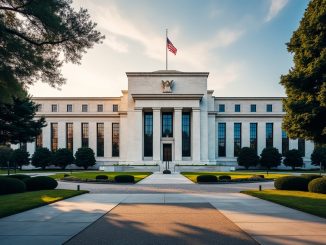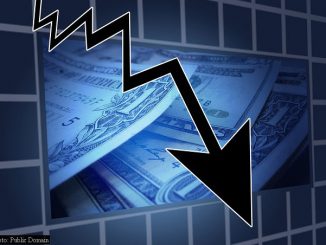For years I’ve been arguing that the public doesn’t understand inflation targeting, and that the Fed needs a target that the public does understand, such as NGDP targeting. In 2010 when core inflation was running below 1%, Bernanke said the Fed would seek to raise the rate of inflation closer to 2%. Talk radio told its listeners that the Fed wanted to raise their cost of living when average Americans were already struggling, and of course there was an uproar.
Now Mike Bryan of the Atlanta Fed has a post that discusses many of these problems. He starts off with a survey done by Robert Shiller that shows the public and economists have a radically different view of what the word ‘inflation’ means. To average people inflation is something that reduces living standards, by raising the cost of living. Economists would call that scenario a supply shock, or a fall in real GDP. Economists think of inflation as something that raises both wages and prices, with no first order effect on real income. And if the economy is depressed (as in 2010) the second order effect on real incomes is positive.
Here’s Bryan:
Seventy-seven percent of the households in Shiller’s poll picked number 2—”Inflation hurts my real buying power”—as their biggest gripe about inflation. This is a cost-of-living description. It isn’t the same concept that most economists are thinking about when they consider inflation. Only 12 percent of the economists Shiller polled indicated that inflation hurt real buying power.
I wonder if, in the minds of most people, the Federal Reserve’s price-stability mandate is heard as a promise to prevent things from becoming more expensive, and especially the staples of life like, well, food and gasoline. This is not what the central bank is promising to do.
What is the Federal Reserve promising to do? To the best of my knowledge, the first “workable” definition of price stability by the Federal Reserve was Paul Volcker’s 1983 description that it was a condition where “decision-making should be able to proceed on the basis that ‘real’ and ‘nominal’ values are substantially the same over the planning horizon—and that planning horizons should be suitably long.”
Thirty years later, the Fed gave price stability a more explicit definition when it laid down a numerical target. The FOMC describes that target thusly:
The inflation rate over the longer run is primarily determined by monetary policy, and hence the Committee has the ability to specify a longer-run goal for inflation. The Committee reaffirms its judgment that inflation at the rate of 2 percent, as measured by the annual change in the price index for personal consumption expenditures, is most consistent over the longer run with the Federal Reserve’s statutory mandate.
Whether one goes back to the qualitative description of Volcker or the quantitative description in the FOMC’s recent statement of principles, the thrust of the price-stability objective is broadly the same. The central bank is intent on managing the persistent, nominal trend in the price level that is determined by monetary policy. It is not intent on managing the short-run, real fluctuations that reflect changes in the cost of living.
Effectively achieving price stability in the sense of the FOMC’s declaration requires that the central bank hears what it needs to from the public, and that the public in turn hears what they need to know from the central bank. And this isn’t likely unless the central bank and the public engage in a dialog in a language that both can understand.
This is what I’ve been saying for years. And you do that with NGDP targeting. You tell people the Fed is trying to keep the total income of Americans, in aggregate, rising at say 4.5% per year, or whatever the target is. My only quibble is that the phrase “cost of living” at the end of the second to last paragraph is strange. “Cost of living” means price level, which is a nominal variable. I think he means “standard of living,” i.e. real GDP. Or maybe he means “that are reflected in changes in the cost of living.”
- Bulenox: Get 45% to 91% OFF ... Use Discount Code: UNO
- Risk Our Money Not Yours | Get 50% to 90% OFF ... Use Discount Code: MMBVBKSM
Disclaimer: This page contains affiliate links. If you choose to make a purchase after clicking a link, we may receive a commission at no additional cost to you. Thank you for your support!





Leave a Reply